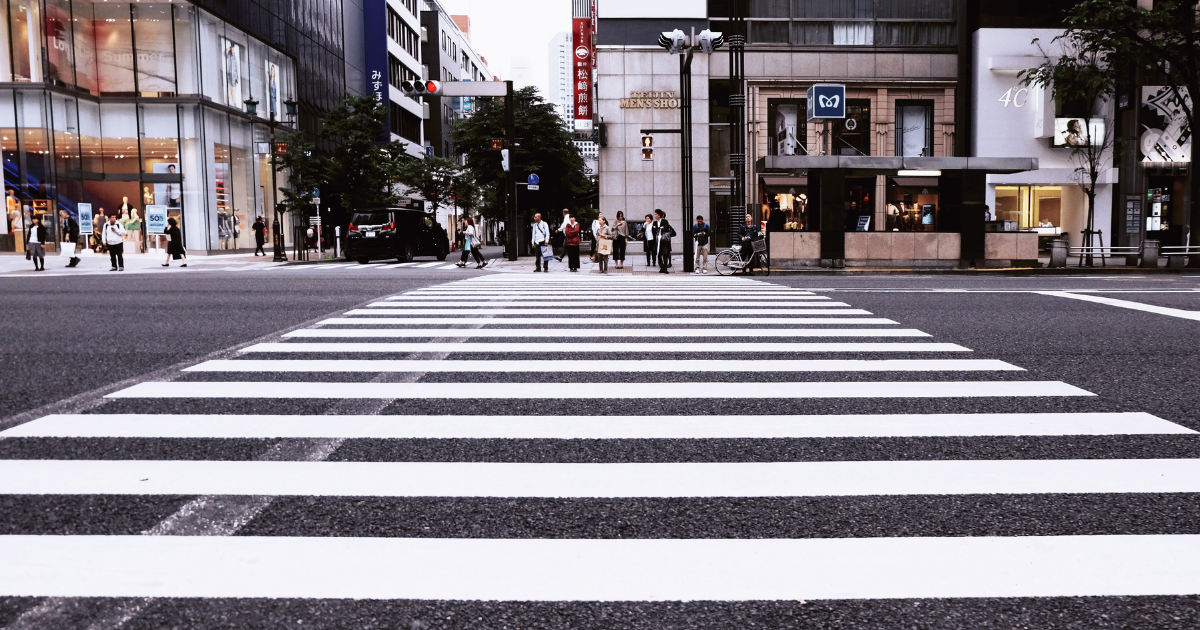
The U.S. and Europe have vastly different public transit systems. The accessibility and affordability of Europe’s robust public transit system is in contrast to the U.S., which, at best, is convenient and expensive in major cities and non-existent in many rural and suburban communities (hence microtransit‘s recent surge in popularity).
Why do these differences exist?
Transit is complex. Understanding why the U.S. struggles to implement an equitable and accessible transit system is nuanced.
However, one often overlooked reason is systemic racism.
Research on the different approaches to poverty reduction between the U.S. and Western Europe shows that the more diverse a country is, the smaller its social safety net.
The U.S., with its long history of racial strife born out of the remnants of slavery, has created an inequitable transportation system. The result is the prioritization of highways and roads used by those who can afford to purchase and own cars. This prioritization can be seen in the way the U.S. has funded transportation in the last 70+ years. In 2009, total highway expenditures across the U.S. amounted to $165 billion with only $65 billion spent on mass transit.
If that isn’t convincing enough, consider that car ownership can be broken down into racial categories. People of color are more than twice as likely to lack access to a vehicle than their white counterparts—Black households being the least likely to own a car. Traditionally underserved communities, low-income households, Black and/or Hispanic populations, and immigrants are more likely to rely on public transit according to data from the Pew Research Center.
The majority of Europeans tend to treat transit as a vital public utility while many Americans, both policymakers and voters, see transit as a social welfare program. This makes sense given that the most racially diverse European countries are more than 80% white whereas the U.S. is just 60% white, non-Latinx.
Where do we go from here?
Easily accessible transportation expands job opportunities—a benefit to both job seekers and employers—and can help reduce strains on the social safety net by eliminating reliance on programs such as TANF and SNAP for those who can secure employment, or better employment, because of expanded transit access.
If U.S. lawmakers and voters can come to terms with systemic racism’s role in stifling mass public transportation, we can begin to see economic and social benefits for everyone—not just for people who are transit-dependent. We must be mindful to not create a mass transit system that deliberately separates choice and dependent riders to accommodate the comforts of the former group, who are most often white.
Still, there are things we can do today to provide better mobility access for all. On-demand transit can be used to help fill in the first-mile/last-mile gap, giving people in rural areas—who often have the fewest mobility options—access to transit that they may otherwise not have had. Implementing free or reduced fares significantly increases mobility access for the most impoverished people in our Nation, while simple infrastructure such as covered bus stops or sidewalks not only help with accessibility, but also provide a better transit experience. While these may be simple band-aids for a mass transit system that is critically underfunded, by implementing them, we can begin to empower the freedom of movement for all.
To quote famed urban planner, structural engineer, and overall transit guru, Christof Spieler, “In the United States, race has always been a part of transit. Even decisions that seem to be about technology can have racist outcomes—and sometimes those outcomes are intentional.”
While it may be uncomfortable, it’s time to take a look at racism and how its history links to issues facing transit today. We need to acknowledge the decisions of our past, so we can make new ones that drive an equitable future. Today, it is time to prioritize and properly fund America’s transit systems, so we may create equal mobility and opportunity for all.